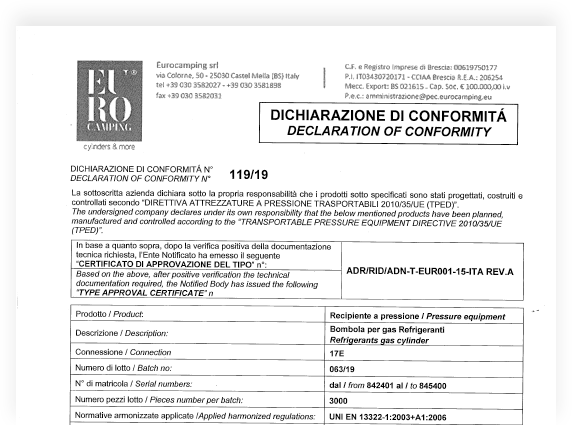

According to Hazard Communication Standard (29 CFR 1910.1200)

Handling
Avoid inhalation of high concentrations of vapours. Atmospheric levels should be controlled in compliance with the occupational exposure limit. Atmospheric concentrations well below the occupational exposure limit can be achieved by good occupational hygiene practice. The vapor is heavier than air, high concentrations may be produced at low levels where general ventilation is poor, in such cases provide adequate ventilation or wear suitable respiratory protective equipment with positive air supply. Avoid contact with naked flames and hot surfaces as corrosive and very toxic decomposition products can be formed. Avoid contact between the liquid and skin and eyes. For correct refrigerant composition, systems should be charged using the liquid phase and not the vapor phase.
STORAGE
Keep in a well ventilated place. Keep in a cool place away from fire risk, direct sunlight and all sources of heat such as electric and steam radiators. Avoid storing near to the intake of air conditioning units, boiler units and open drains. Cylinders and Drums: Keep container dry. Storage temperature: <45°C.
